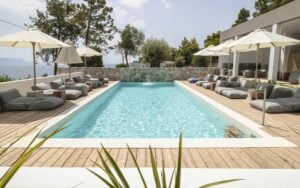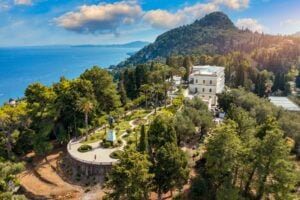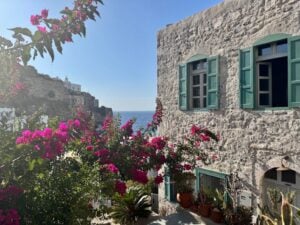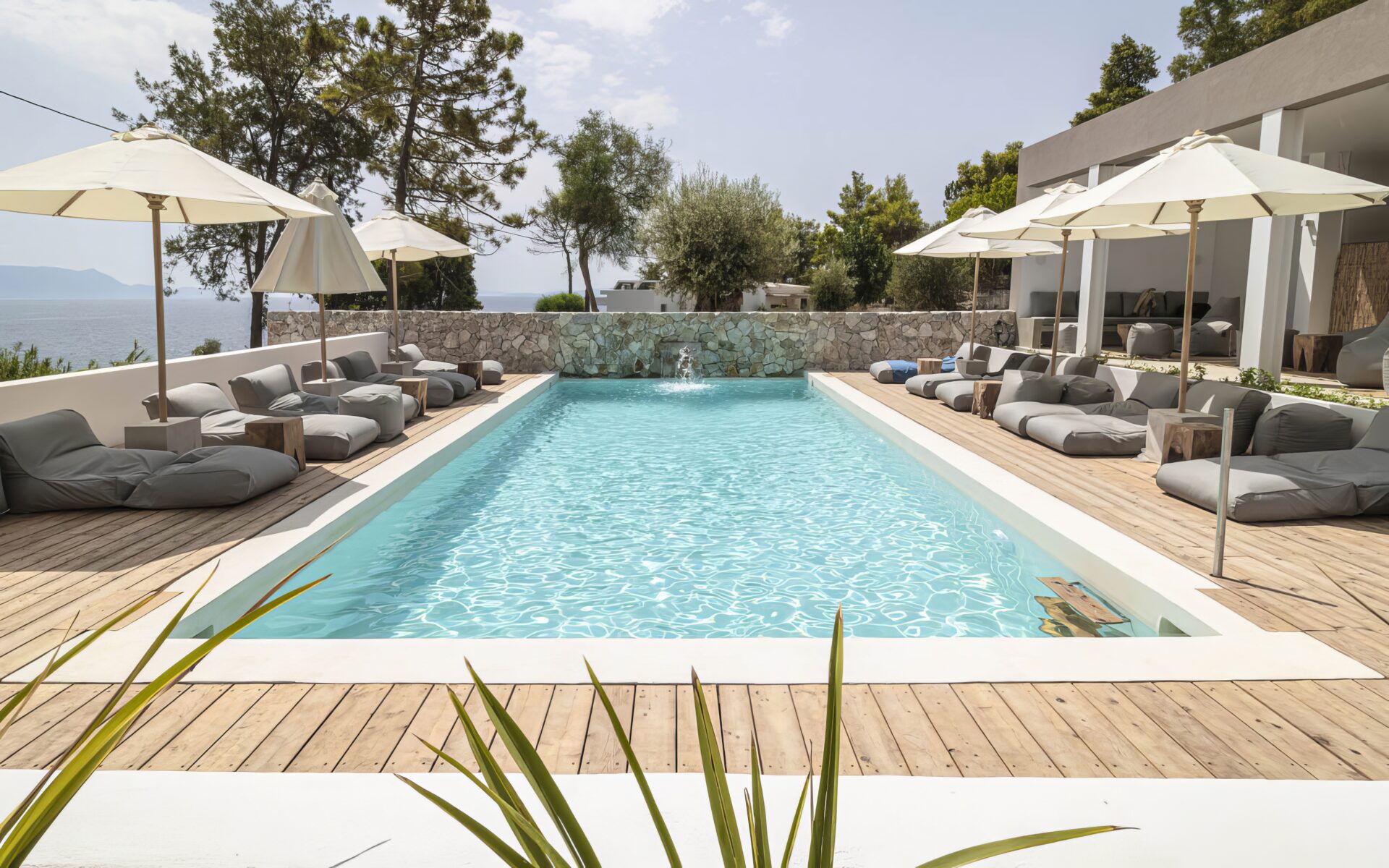Where are Greece’s new protected beaches? Can I visit Greece’s protected beaches?
198 New Protected Beaches in Greece
Greece is already known for some of the cleanest beaches in the world, and a select few beaches will become even cleaner and more peaceful. As part of the Natura 2000 network, which protects Greece’s forest land, 198 beaches will be off-limits for umbrellas, snack bars, sunbeds, and organized food service.
These beaches will not allow commercial activity in order to protect the natural environment and are the so-called “untouchable beaches.”

The “Untouchable Beaches” are known for their rare plants and animals, and they might be a home to protected species. For example, Caretta caretta sea turtles and other marine animals are included on the list. The new regulations mean the following are not allowed:
- The presence of motorized vehicles
- The organization of events with more than ten individuals
- Music played with amplification devices
- Tables, umbrellas, sunbeds, etc
- Services for bathers or public recreation, like watersports
- The operation of a moving refreshment stand

Can I Visit These Beaches?
Yes, you can still swim at these beaches. They will likely become more peaceful because of the new rules – like your own personal paradise.
Where are Greece’s 198 Protected Beaches?
The protected beaches are on the islands of Agios Efstratios, Samothrace, Lesvos, Syros, Evia, Andros, Tilos, Ikaria and also on areas of the mainland like Mani, Zacharo, and Attica.
The areas with the largest number of beaches on the list are in Eastern Mani (17), and next Karpathos (13) and Syros (11). Other islands with beaches on the list are Tilos and Fournoi, each which have 9 “untouched” beaches. Alonnisos has 8, Naxos has 7, and the Municipalities of Pylos-Nestor, Kythira, Kalymnos, and Kimolos each have 6.

Andros, Lesvos, Zakynthos, and Milos have 5 beaches each on the list, and the Municipalities of Zacharo, Mesolongi, Karystos, Tinos, and Sikinos have 4 beaches each on the list. One beach in Attica, near Athens, made it onto the list: Schinias Beach.
The complete list of the beaches can be found here (in Greek).

About Mani
In the south Peloponnese is a series of 3 rocky peninsulas that jut into the Mediterranean Sea. The middle one is the most remote, and it is called the Mani peninsula. In Mani, supposedly the people are descended from Spartans.
Unlike the rest of the Peloponnese peninsula, where some areas have grown with the influence of tourists, Mani keeps some old-world charm. Patrick Lee Fermor is quoted saying “We saw a peninsula ending in crescent-shaped beaches … We walked down into a gently sloping world of the utmost magical beauty.”

About Karpathos
Karpathos is a narrow, long island in the Dodecanese chain that is divided by a string of mountains with an altitude of 1200 meters. Karpathos is unique for its wild beauty, magnificent beaches, and traditional hospitality. Unlike islands like Santorini and Mykonos, Karpathos is not heavily visited because it is farther from the mainland.

What Does a Clean Beach Mean for My Home in Greece?
A clean beach is pleasant on the eye but also provides enormous economic and social benefits. Research shows that clean beaches not only draw visitors, who pay for hospitality services, but also long-term infrastructure projects to the area, adding to its live-ability.
Clean beaches directly add substantial value to homes for sale nearby, while demand for beachside villas next to crystal-clear water is very strong. The large number of turquoise beaches in Greece is a key factor in supporting growth in the broader real estate market. In addition to rising prices, demand for rentals has soared, particularly on islands such as Crete and Corfu.




































